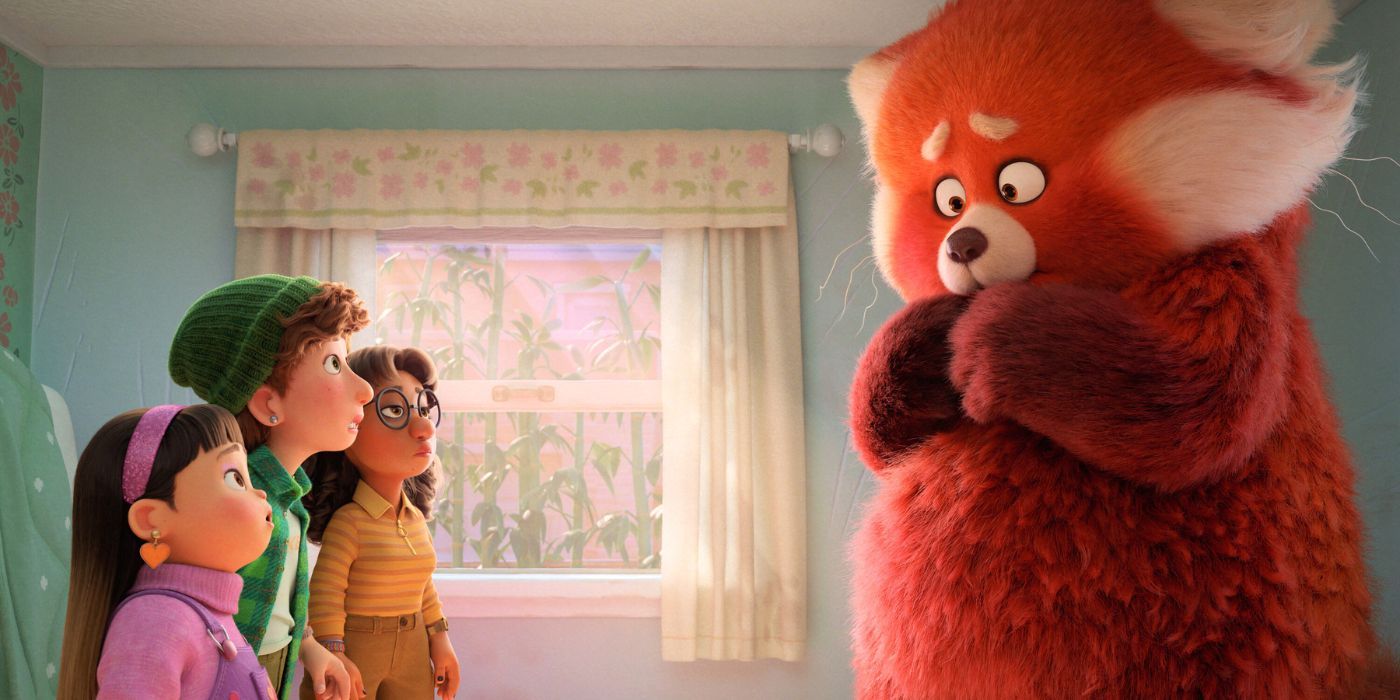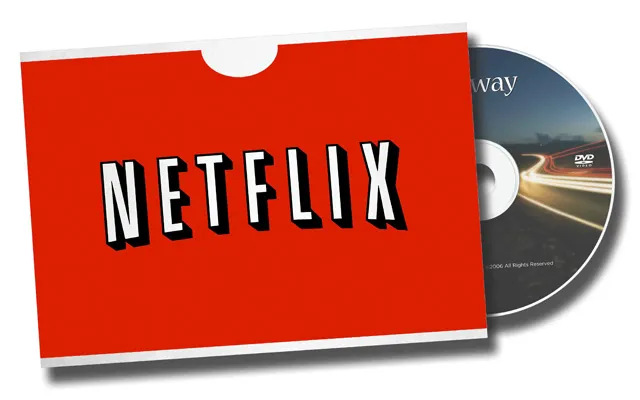[ad_1]
Turned Red was a film that could only explore its themes of emotions and growing up through animation, explains Pixar writer and director Domee Shi.
Turning Red writer and director Domee Shi has opened up about how she believes the story of the Pixar film could have only worked through animation. The 2022 film follows Mei Lee, a teenager living in Toronto, Canada in 2002 who discovers that, when she grows highly emotional, she transforms into a large red panda. The film received critical praise for tackling its themes of puberty and personal growth with a sense of maturity, as well as its focus on family.
In a guest column for The Hollywood Reporter, Shi explains how she believes Turning Red would not have worked as a film if it had not been animated. She talks about how animation can be used to tackle serious topics in ways that may be difficult to do in live-action, for people of any age group. Check out Shi’s full statement below:
I am constantly reminded that animation is such a powerful and immersive tool. It helps us process complex topics that might be too harsh or raw to digest through live-action filmmaking. It’s a universal language that reaches people of all ages. It might be hard to talk about puberty or growing apart or intergenerational trauma with members of your family, but it’s easy to sit down and watch an animated film and feel those everyday, human emotions together.
Of course, my mother is not a giant red panda raging through the city, crushing cars and terrorizing the hottest boy band in the world. And I don’t have control over my emotions all the time, either — my inner panda still comes out at many inopportune moments. But my love of drawing let me figure these feelings out in a fun and constructive way. And as an extension, directing an animated film let me play with some very cool and expensive computers to tell my magical puberty story so that others can learn a little about themselves and their parents, too. And after watching Turning Red, maybe other viewers won’t let those tween years get to any of us so much — because despite how much they shaped us, they don’t really last all that long, do they?
How Turning Red Tackled Maturity Through Animation
The way in which Turning Red‘s themes are presented bolsters Shi’s belief that the film would not have worked as well if it hadn’t been an animated feature. Turning Red mainly focuses on Mei growing up by using her transformation into a red panda as a symbol for the awkwardness of maturity. The film also uses her decision to keep her red panda powers following a conflict with her mother about them as a lesson in the importance of individuality. Without the visual elements of the red panda, the film may not have resonated as well with younger viewers looking for a film exploring topics of self-discovery and growing up.
However, the film doesn’t just use animation to show Mei growing up either. The final conflict of the movie sees her angered mother, Ming, grow into a monstrous red panda, trying to get her daughter to conform to the ritual that will seal her red panda powers away forever. Mei decides to rebel against her mother and other family members, as she doesn’t see her ability to transform into a red panda as a hindrance. Before reconciling their differences, Mei and Ming’s battle was on a kaiju-level scale ultimately better captured in an animated format.
Turning Red may not have been able to tackle its layered, mature themes as well as it did if it hadn’t been animated. Because of its status as animation, the film is able to take audiences into a familiar yet fantastical world while exploring complex themes that don’t detract from the family aspect of the movie. Shi was able to make Turning Red into a heartfelt, mature story that may not have been as potent if presented in a different format.
Source: THR
[ad_2]
Source link


